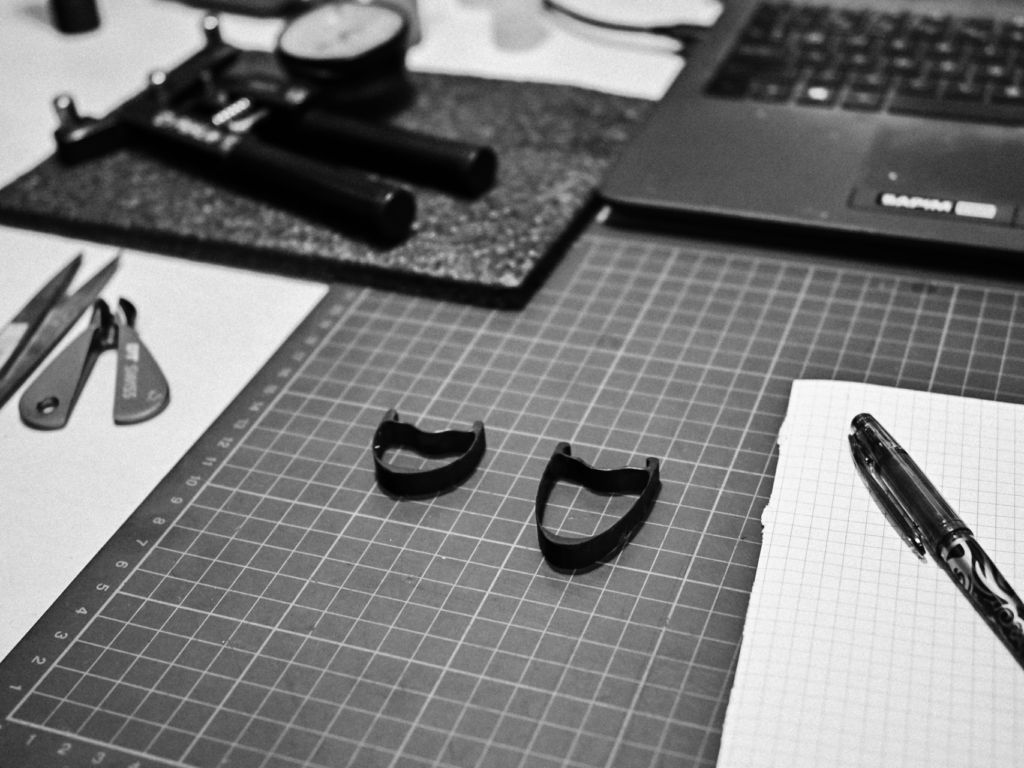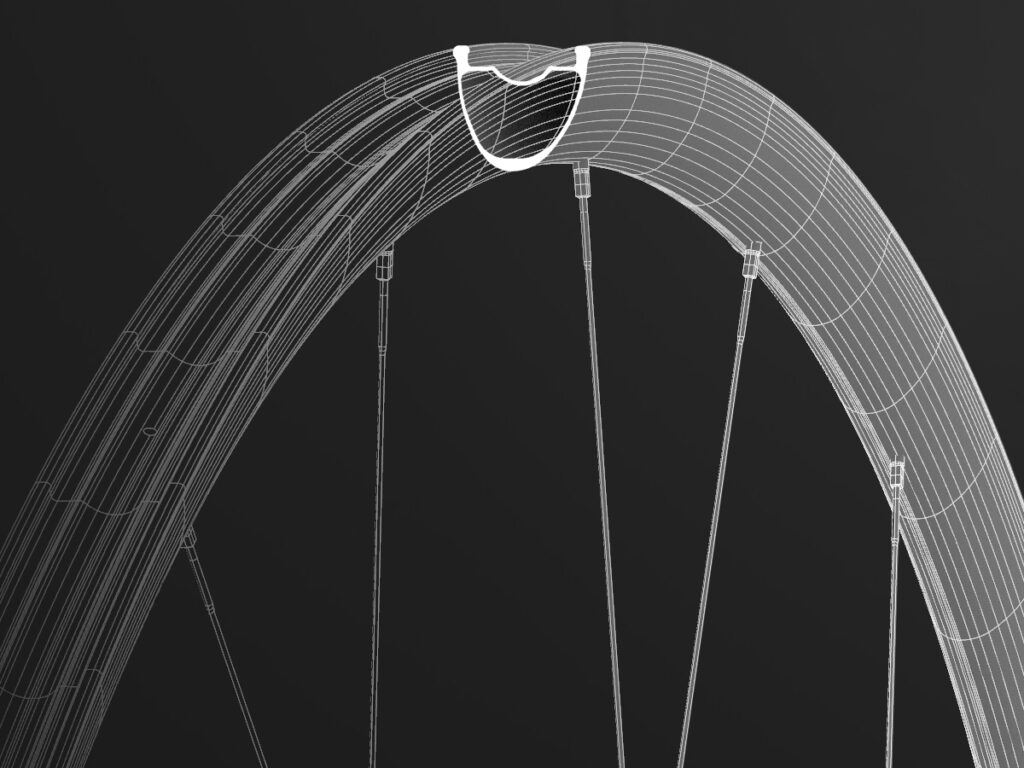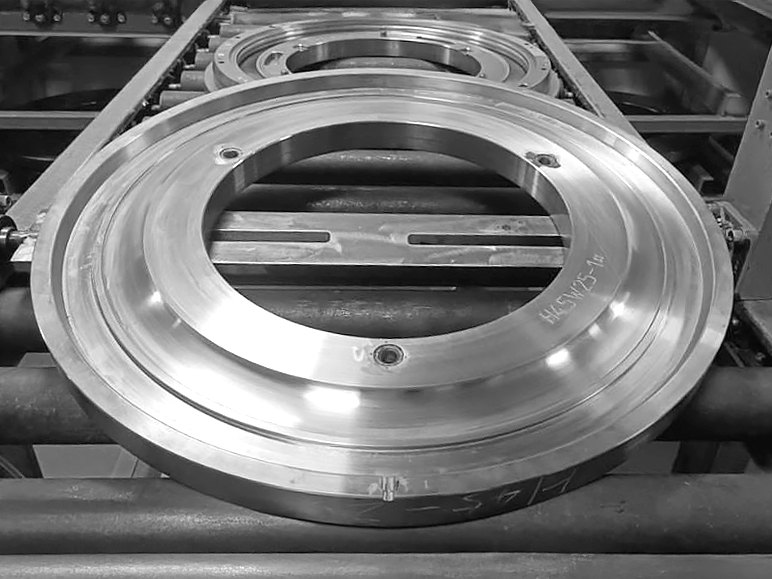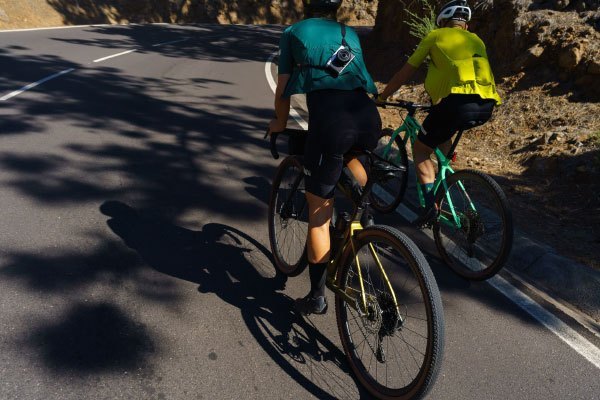
RIMS IN DANDY HORSE WHEELS
Rims are the most important element of bicycle wheels, as they largely determine their riding characteristics. Their weight has a key influence on the moment of inertia of the wheels, and thus on their dynamics. Wheels built on lighter rims are more responsive and accelerate more willingly. In turn, the internal width of the rim profile affects the tire’s shape, which translates into grip, riding comfort, and rolling resistance. The external width and height of the profile determine the aerodynamic properties. Additionally, the shape and material of the rims significantly affect the stiffness and stability of the wheels.
That is why we build our wheels on in-house designed carbon and aluminum rims. Based on analyses, computer simulations, and consultations with specialists, we have developed profiles that allow us to utilize the potential of modern technology. All of them meet the latest ISO and ETRTO standards, guaranteeing user safety. Above all, however, we subject them to intensive tests while riding in various, even the most difficult conditions.


Based on our design, molds for rim production were created. We have exclusive rights to them, so no other company offers the same wheels. The unique rim profiles are an element that distinguishes us and one of the main reasons why our wheels provide a unique riding experience.
